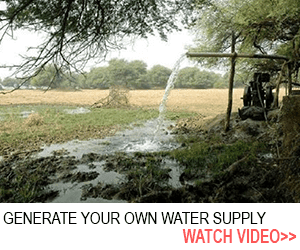First aid skills are a crucial asset to have in any survival situation, whether you're out in the wilderness or facing an emergency in the comfort of your own home. Being able to provide basic first aid can mean the difference between life and death, so it's important to familiarize yourself with some essential techniques. Here are a few simple first aid techniques that could come in handy in the year 2025.
1. CPR: Knowing how to perform CPR can save a life in the event of cardiac arrest. Remember the acronym "CAB" - compressions, airway, breathing. Start with chest compressions, then open the airway and give rescue breaths if needed. CPR training classes are widely available and can give you the confidence and skills you need to act quickly and effectively in an emergency.
2. Stop the Bleeding: In the event of a sudden injury, it's important to be able to control bleeding quickly. Apply pressure to the wound using a clean cloth or bandage. Elevate the wound above the heart if possible, and if bleeding persists, use a tourniquet as a last resort. Knowing how to stop bleeding can help prevent shock and maintain the victim's stability until professional help arrives.
3. Treat for Shock: Shock can occur after a sudden injury or trauma, causing symptoms like rapid heartbeat, shallow breathing, and pale skin. To help a victim in shock, lay them down and elevate their legs. Keep them warm with blankets or jackets, and reassure them until help arrives. Knowing how to recognize and treat shock can help stabilize a victim and improve their chances of survival.
Emergency Food and Water Sources
One of the most important items to have in your emergency kit is non-perishable food. Foods such as canned goods, dried fruits, nuts, and granola bars are ideal options as they have a long shelf life and require no refrigeration. These items provide essential nutrients and energy to sustain you in a crisis situation.
Another vital component of your survival kit is water. Make sure to have a sufficient supply of clean drinking water stored in containers that are easy to transport. In addition to bottled water, consider including water purification tablets or a portable water filter to ensure access to safe drinking water in emergency situations.
It is also wise to incorporate high-energy foods like protein bars and electrolyte-replacement drinks into your emergency food supply. These items can help replenish lost nutrients and keep you nourished during times of physical exertion or stress. Prioritizing these essential food and water sources in your survival kit can increase your chances of staying healthy and hydrated in the event of a disaster.
Shelter Building Strategies
When it comes to survival skills in the great outdoors, knowing how to build a shelter is essential. In a survival situation, having adequate shelter can mean the difference between life and death. There are several strategies for building a shelter that can keep you safe and protected from the elements. Here are some key tips to keep in mind.
One of the simplest shelter building strategies is to find a natural structure, such as a cave or overhanging rock, to take shelter in. This can provide immediate protection from the elements and reduce the amount of work needed to construct a shelter from scratch. However, be sure to thoroughly inspect the area for any potential dangers, such as wild animals or unstable terrain.
If a natural shelter is not available, another option is to build a lean-to shelter. This involves propping a large branch or pole against a tree or other sturdy structure, and placing smaller branches or leaves against it to create a slanted roof. This can provide protection from rain and wind, and is relatively quick and easy to construct.
Navigation Tips for Wilderness Survival
When venturing into the wilderness, proper navigation skills are crucial for your survival. Here are some tips to help you stay on track and find your way back to safety:
1. Bring a compass and map with you at all times. These basic navigation tools can help you determine your location and plot a course to your destination. Familiarize yourself with reading a map and using a compass before setting out on your journey.
2. Pay attention to natural signs and landmarks. Look for notable features like mountains, rivers, or unique trees that can serve as reference points. These landmarks can guide you along your route and prevent you from getting lost.
3. Learn how to use the sun and stars to navigate. During the day, the sun's position in the sky can indicate direction (east in the morning, west in the evening). At night, you can use constellations like the North Star to find north. This basic celestial navigation skill can be a lifesaver in the wilderness.



